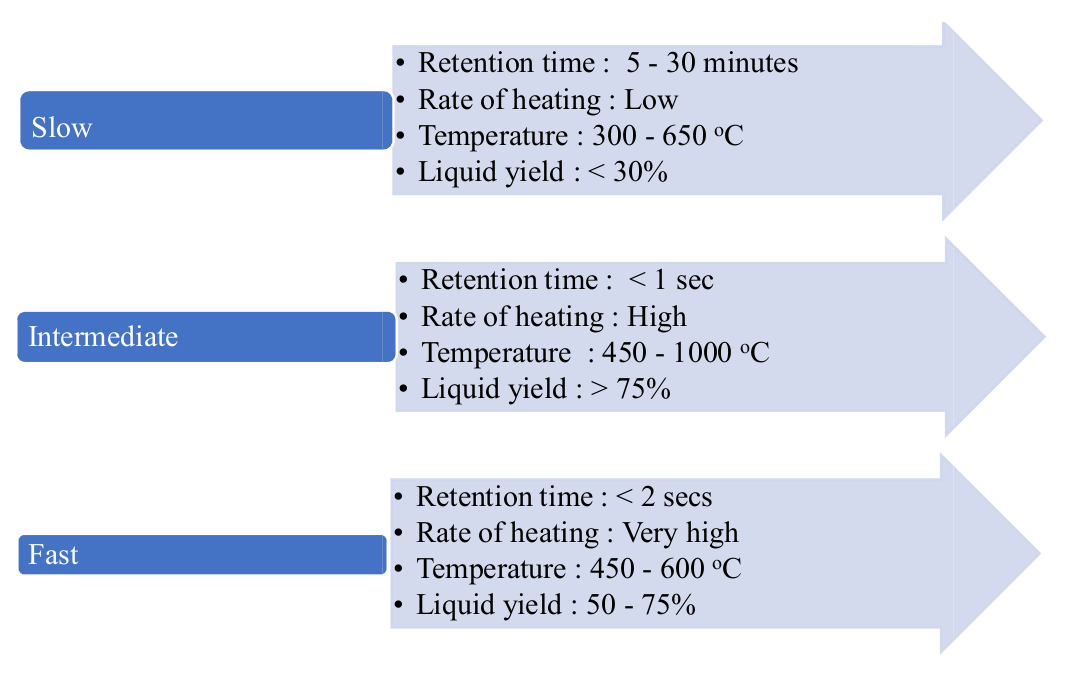A review on Transforming plastic wastes into fuel
Keywords:
Plastic wastes, Pyrolysis, Liquid fuel, Energy recovery, RecyclingAbstract
The application of plastics in various sectors led to its increased production globally and this demand, in turn, caused an overflow of plastic waste in landfills, illegal dumping in the sea, and environmental pollution. To overcome this issue, several alternatives for managing plastic wastes have been developed and among them, reuse, recycling, and energy recovery methods are highly acknowledged methods. Nonetheless, recycling methods come with certain disadvantages like mixing and segregation of wastes, high labour costs associated with segregation and processing, by-product disposal, and its usage. Researchers have shifted their focus to energy recovery systems because of these drawbacks. Extensive research in this area led to the development of converting waste plastics into liquid fuel through the process called pyrolysis. The pyrolysis process can thermally degrade plastics in the absence of oxygenproducing oil and monomers. The temperature has the most impact on the pyrolysis process and depending on the types of plastic wastes, the pyrolysis temperature varies between 300 – 800 oC. The oil yield due to the variation in temperature varies between 45 – 95 wt.% and the calorific value of the oil has been observed to be in the range of 9679 – 11428.5 kCal/kg, which is similar to the other commercial fuels. Also, the review indicates that it is possible to extract up to 84% of fuel from 1-kg plastic at 360 oC. As a result, following refining/blending with conventional fuels, pyrolysis oil can be utilised as an alternate source of energy and transportation fuel. Apart from the temperature, the other influencing factors include, the reactor design and its size, pressure, heating rate, residence time and feedstock composition. The pyrolysis process was examined in terms of plastic types and primary process factors that impacted the end result, such as oil, gaseous, and char. Temperatures, reactor types, residence duration, pressure, catalysts, and other critical factors were examined in this work. Furthermore, the study examines technological problems and current advances.

Published
How to Cite
Issue
Section
Copyright (c) 2022 Journal of the Nigerian Society of Physical Sciences

This work is licensed under a Creative Commons Attribution 4.0 International License.





